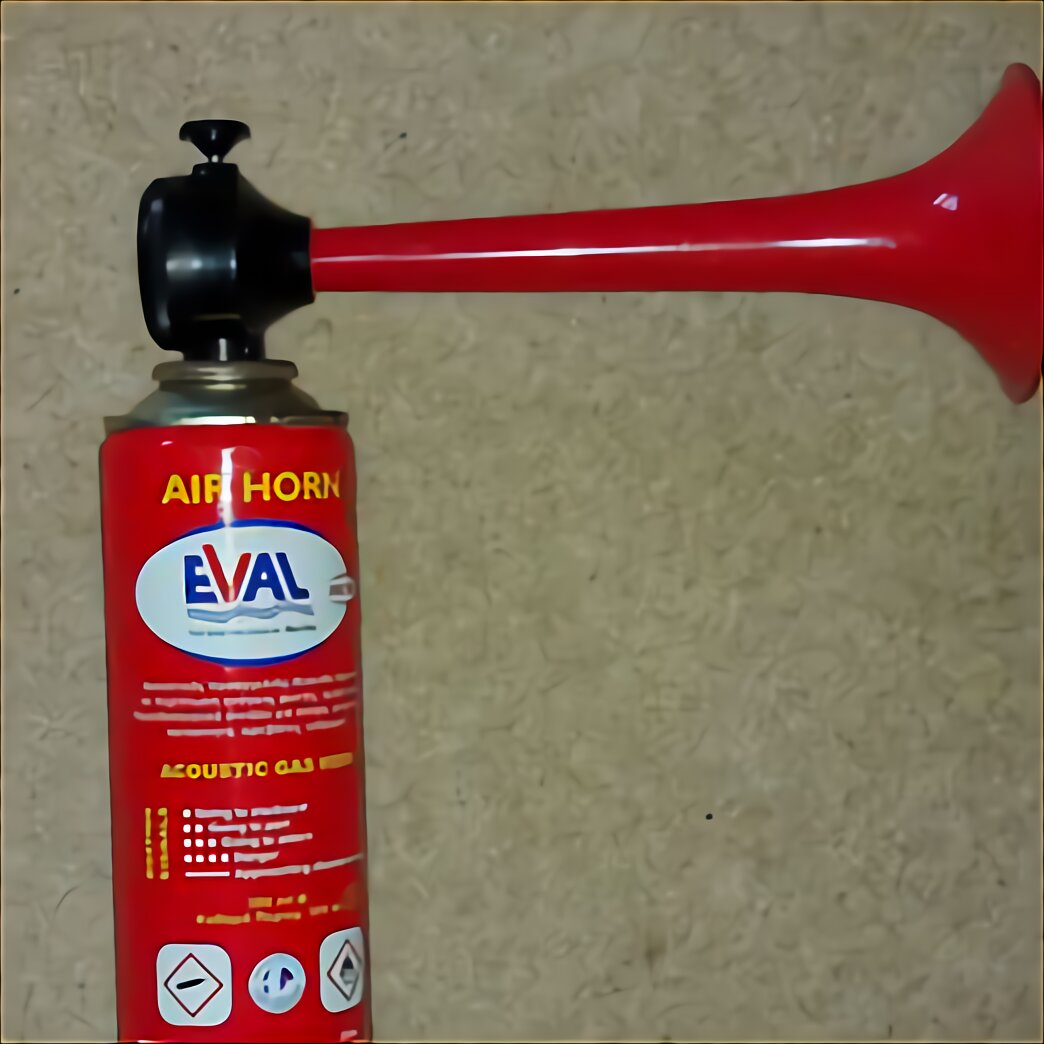


COLREGS lists the following sound signals for vessels underway: In restricted visibility, the two minutes allows the look-out to listen for sound signals from other vessels groping their way through the fog. Why a two minute rule? A requirement for all vessels is to maintain a proper look-out by sight and hearing. The Rules of the Road state when underway ‘vessels shall sound at intervals of not more than two minutes’ the prescribed sound signal. Rule 35 is fairly complex, and it is advised to have a highlighter in hand while reading through it. The bell and gong are added into the mix of whistle sounds used as options for restricted visibility signals. Sound signals for vessels in restricted visibility, whether underway, at anchor or aground, day or night, are the subject of Rule 35 ( COLREGS). Also, I have always tended to really honk my nose hard when I blow it and I wonder if I haven't created trouble that way also.Īt any rate, I'm trying out some internet suggested techniques like breathing steam and using a neti pot and hope this problem will get resolved soon.Fog, mist, falling snow, heavy rainstorms, sandstorms or any other similar causes can make conditions that hamper visibility. I was a passenger in a car accident 30 years ago that gave me a deviated septum, so the left side of my nose can't draw air through and I suspect the Eustachian tube is being pressed or obstructed possibly.

I feel like it is almost certainly something to do with my Eustachian tube of my left ear. If I pinch my nose and blow, it sounds like there is peanut butter and jam in there, it sounds very sticky and smacky. I'm certain the problem is not earwax or canal related, but something accumulated inside. I spent a few days recently cleaning out my left ear with things from the drug store. If there is enough ambient noise and distraction it's not a problem, but when I get home where it is much quieter, it seems almost like a roar. It's not pulsating, like a pulse, it's got no definite pattern, but it is ever happening. It turns on, goes steadily for about 5-20 seconds then goes away for a bit, then returns again. I don't now how you would classify it, it is irregular. Of course, it is tinnitus at last I realize. It sounds like a foghorn about 20 miles away, possibly underground, but only my left ear hears it. For a number of years I have been aware of a very low intermittent hum that I thought was coming from some nearby power plant or electrical transformer or something.


 0 kommentar(er)
0 kommentar(er)
